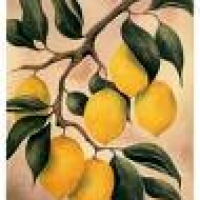natural ingredients for cleaning brass beds and ornaments
-
 mumtazcatering
17 years ago
Flag
mumtazcatering
17 years ago
Flag
-
 pointsevenout
17 years ago said:
Flag
pointsevenout
17 years ago said:
Flag
-
 pointsevenout
17 years ago said:
Flag
pointsevenout
17 years ago said:
Flag
-
 invisiblechef
17 years ago said:
Flag
invisiblechef
17 years ago said:
Flag
-
 mumtazcatering
17 years ago said:
Flag
mumtazcatering
17 years ago said:
Flag
-
 mumtazcatering
17 years ago said:
Flag
mumtazcatering
17 years ago said:
Flag
Have a comment? Join this group first →
Group Details

- Creator
-
invisiblechef

- Type
- Public
- Members
- 157
- Age
- 17 years ago
- Activity
- low
- Membership
- Join the Group
Did you know?
You can find quick links to all discussions you've taken part in via the "Discussions" tab.
